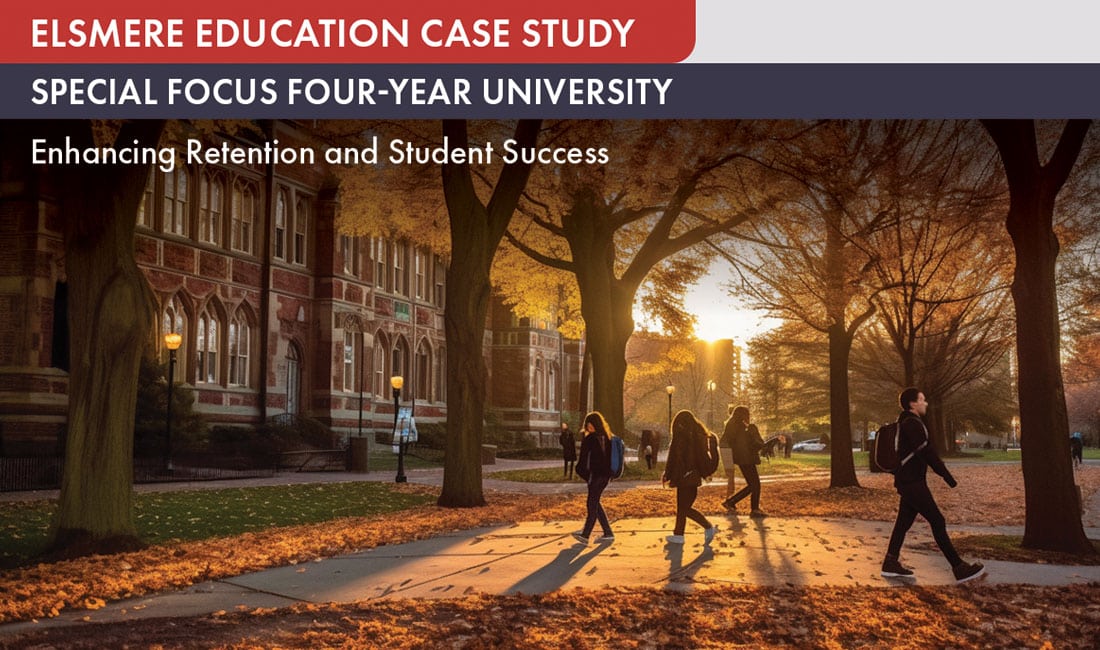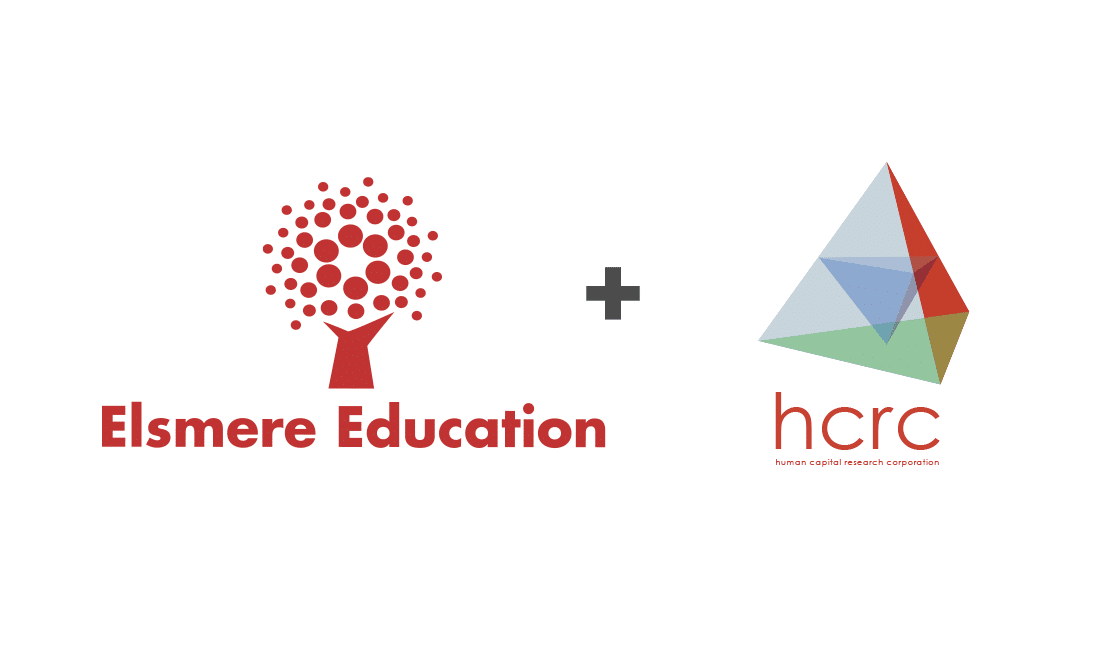As the leaves turn and the air gets colder, the time is right to think about new academic programs for the next fall cycle. The first step in this process is conducting market research and market analysis, which is why we here at Elsmere are launching a blog series assessing the educational market both in terms of what is historically popular and emerging areas of opportunity.
Over the last couple of years, the pandemic created profound shifts in market needs and higher education enrollment trends, presenting complex data to interpret. A degree that was in high demand in early 2020 may have a completely different outlook heading into 2023. COVID disrupted fields like healthcare, education, and supply chain management while having little impact on others (business administration, computer science). This volatility underscores the essential role of conducting a comprehensive market analysis and discerning the optimal combination of market criteria, a critical component of an effective go-to-market strategy.
Asking the Right Questions
There is no shortcut to good market analysis. Looking at degree program market data reveals surging enrollment at some institutions but just as many struggling programs at similar institutions. Why is that?
To find the answer, you must first ask the right questions. Addressing these questions below will help you form a useful set of criteria when analyzing the market for a potential degree program. Here are some good ones to start with:
- What is the size of the potential market for students regionally/nationally?
- How does our brand strength compare regionally and nationally in this field?
- How much competition exists regionally and nationally?
- Given the market and your institution’s brand, what is the right price point?
- What accreditation requirements apply to this online program?
- Is there a sufficient return on investment for graduates (job openings, increased pay, or promotion)?
- What skills, certifications, and technologies are employers seeking?
Where to Mine for Data
To start your research journey, you will want to tap into data from the National Center for Education Statistics (NCES), the Bureau of Labor Statistics, professional associations, and accrediting bodies. Something to keep in mind when analyzing the data is that these sources draw on past data or make projections. Utilize job market and postings analysis systems to gain real-time insight into what is happening in the market. At Elsmere Education, we use Lightcast (formerly Emsi BurningGlass).
All this data crunching is especially important when looking at the most popular online graduate programs in business, education, and healthcare. All but 1 of the top 15 online degree programs fall into these three fields. *
| Out of 1,080 graduate degree programs in 2020, just 1% (14) accounted for 46% of all degrees granted. |
Based on this data, does offering an online degree in one or more of these fields make sense? Perhaps, but you must address the key questions (criteria) above to be certain. Review the case study below as an example of how market research can help you make better decisions about a potential degree program.
Regional Competition and Job Market: A Case Study
Two private, religiously affiliated institutions are considering a new online MBA in 2023 or 2024. Neither has AACSB accreditation (the premier accrediting body for business schools).
The first institution is in a mid-sized regional market in the southwestern U.S. with a population of 3.4 million and strong growth in the tech sector. The second institution is in a more populated region of the northeast, with 7.9 million people and many business/finance firms.
If you had to guess, which institution do you think has the greater opportunity with a new MBA program?
We focused on the following criteria for this case study: potential market, competition, and employer need. Utilizing Lightcast1 (including a job postings analysis) revealed this data:
| Northeastern Market | Southwestern Market | |
| Population | 7.9 Million | 3.4 Million |
| Total # of MBA Programs | 49 | 13 |
| # of Residents/ MBA Program | 161,000+ | 261,000+ |
| Total # of Online MBA Programs | 23 | 6 |
| % Online Degrees Granted | 58% | 36% |
| # of programs with 100+ Grads in 2020 | 9 | 2 |
| # of MBA Job Openings Per Graduate | 4 | 8 |
In summary, the northeastern market is more crowded with MBA programs. Potential MBA students have almost four times more online programs to choose from and will likely be targeted with ads by the competition, increasing advertising costs. After graduation, there will be about half the number of jobs available for graduates in the northeastern compared to the southwestern market.
After reviewing these market criteria, a picture of online MBAs in these two markets is beginning to emerge. A thorough market research analysis, including institutional brand, program competitive advantage, price point, and undergraduate pipeline, might reveal that an online MBA program offered in the northeastern market offers a substantial opportunity. Questions related to brand, capacity, and pricing could indicate that there are better options than an online MBA for an institution in the southwestern market. However, thorough research is needed in both cases to develop an informed decision.
* We defined the “Big 3” by reviewing the 15 largest online degree programs (based on completions) from the most recent year of NCES data (2020). All but 1 of the top 15 online programs fall into these three fields.
Sources:
- Lightcast™, https://lightcast.io/, 2022.
Author: Linda Passamaneck, VP of Academic Research and Design







